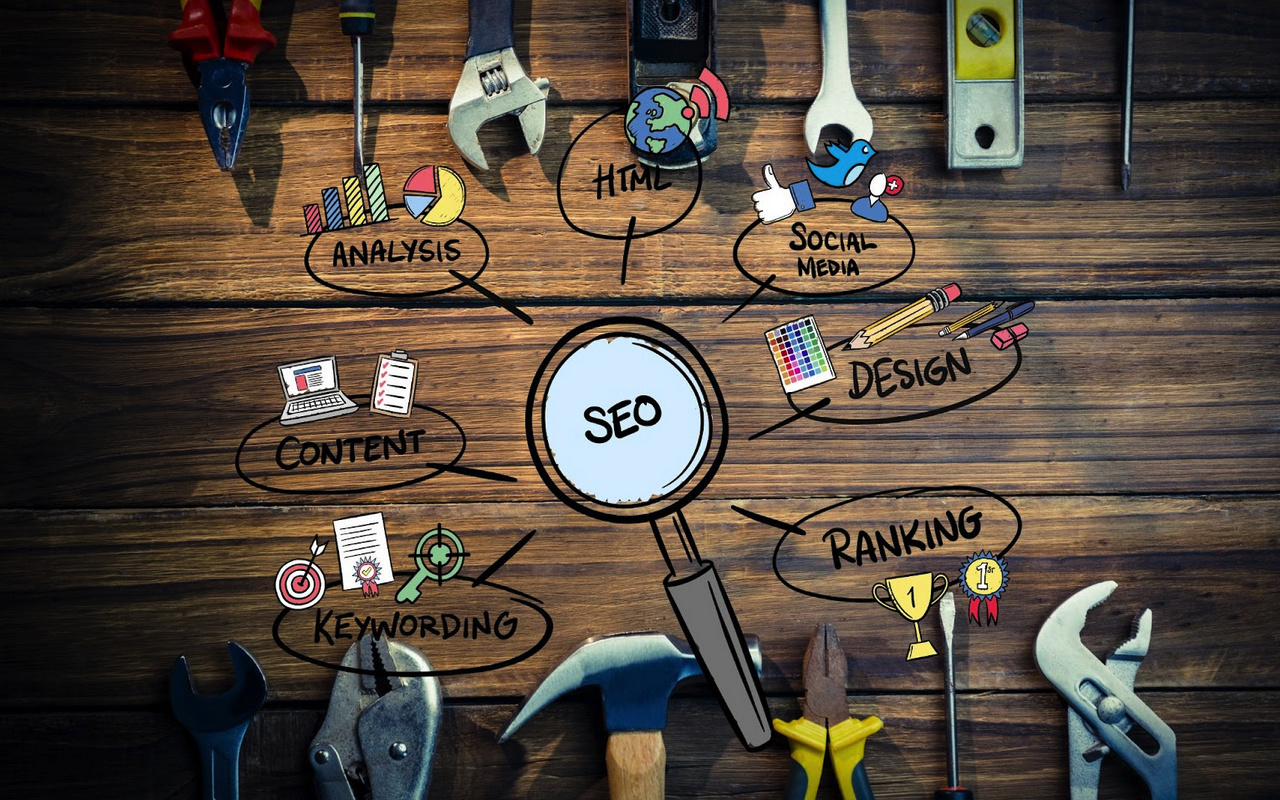
These days, competition in the industry is tough. Having an electrician qualification would not have got you any additional clients in the age of the Internet. The mind of the customer now runs through the reality of seeing the website, so an individual needs to ensure that his website features great design as much as good search engine performance. I have researched and found out that good web design is very important to SEO performance. In fact, market research shows that businesses investing in SEO-driven design see increased engagement and leads. The same holds especially true in local search rankings for service-based businesses such as electrical contractors and can make or break your online success.
Let us look at five ways of web design geared toward SEO for electricians, solidly founded on best practices and the relevant industries.
1. Mobile-Responsive Design for Electricians
As per my knowledge, one of the top-ranking factors for Google is mobile-friendliness. A mobile-responsive design ensures your website adapts to all screen sizes, from smartphones and tablets to laptops and desktops. Electricians often get discovered via local searches, and many of those happen on mobile devices. If your site doesn’t display correctly on mobile, users may bounce quickly, signaling poor user experience to search engines. That, in turn, can hurt your rankings.
Best practices:
- Use flexible layouts and images that adapt to screen size.
- Prioritize fast-loading mobile pages.
- Implement thumb-friendly navigation and clickable phone numbers.
Pro Tip: Google’s Mobile-Friendly Test is a handy tool to ensure your site meets standards.
2. Site Speed Optimization
As I have researched, website speed affects not only SEO rankings but also user behavior. A delay of just a few seconds can cause users to abandon a page, which increases bounce rates and negatively impacts your SEO performance. Search engines reward sites that load quickly, especially on mobile. For electricians, this means potential clients won’t wait around for images of your services or contact forms to load.
How to improve site speed:
- Compress image sizes without compromising quality.
- Minimize use of heavy plugins or scripts.
- Use browser caching and leverage content delivery networks (CDN).
- Choose high-performance hosting tailored for local businesses.
As per market research, faster websites lead to better user retention and improved conversion rates, particularly for local service providers.
3. SEO-Friendly Site Architecture
Site architecture refers to how pages are linked and structured. A logical, easy-to-follow structure helps both users and search engines understand your content better. For electricians, an SEO-friendly site architecture ensures services like “Residential Wiring” or “Emergency Repairs” are clearly defined and easily discoverable.
Tips to implement effective architecture:
- Use a clear hierarchy with main services at the top and sub-services beneath.
- Implement internal linking to connect related service pages.
- Create a sitemap and submit it to search engines.
- Use breadcrumbs to help users navigate and reduce bounce rates.
As per my knowledge, a good site structure boosts crawlability, enabling Google bots to efficiently index your content, which improves rankings.
4. Optimized On-Page SEO Elements
Design isn’t just about looks; it’s also about how content and code interact with search engines. As I have researched, a website with poorly optimized titles, meta descriptions, and headers can easily get lost in the search engine shuffle, no matter how attractive it looks.
Electrician-specific on-page SEO tactics include:
- Use location-based keywords like “emergency electrician in Dallas” in titles and headers.
- Add unique meta descriptions for every service and blog page.
- Use H1 for page titles and H2 for subtopics to structure content better.
- Include image alt texts that describe the service and location (e.g., “circuit breaker upgrade New York”).
These simple changes send strong signals to search engines about your page’s relevance, boosting your visibility.
5. Incorporate Local SEO Elements in Design
For electricians, local visibility is paramount. As per market research, over 75% of consumers searching for local services visit a store or contact a provider within 24 hours. Your web design must support local SEO by showcasing your geographic reach and making it easy for search engines to index local relevance.
Key elements:
- Embed Google Maps on your “Contact Us” or homepage.
- Include your business address in the footer and use LocalBusiness schema markup.
- Use call-to-action buttons like “Call Now” or “Get a Free Estimate” that are linked to local intent.
- Create separate landing pages for each service area if you operate in multiple locations.
As I have researched, businesses that design their websites with local SEO in mind see measurable improvements in both search rankings and customer engagement.
Conclusion
In the digital age, your website acts as the most important marketing tool. Being an electrician, it is not just an option but a must to use web design techniques with SEO in mind. From mobile responsiveness and on-page SEO optimization to integration with local SEO strategies, each method aims to improve your ranking in search results so that highly qualified leads find you. Based on my knowledge and from what I've seen in the industry, those electricians who incorporate a modern approach to SEO into their web design are always way ahead of the competition in the market. So, if you are going ahead with a site redesign or starting entirely from scratch, consider the following five areas at the heart of all your decisions. Those practices will not only make your SEO look better, they will also enhance your business.
Share this post
Leave a comment
All comments are moderated. Spammy and bot submitted comments are deleted. Please submit the comments that are helpful to others, and we'll approve your comments. A comment that includes outbound link will only be approved if the content is relevant to the topic, and has some value to our readers.

Comments (0)
No comment